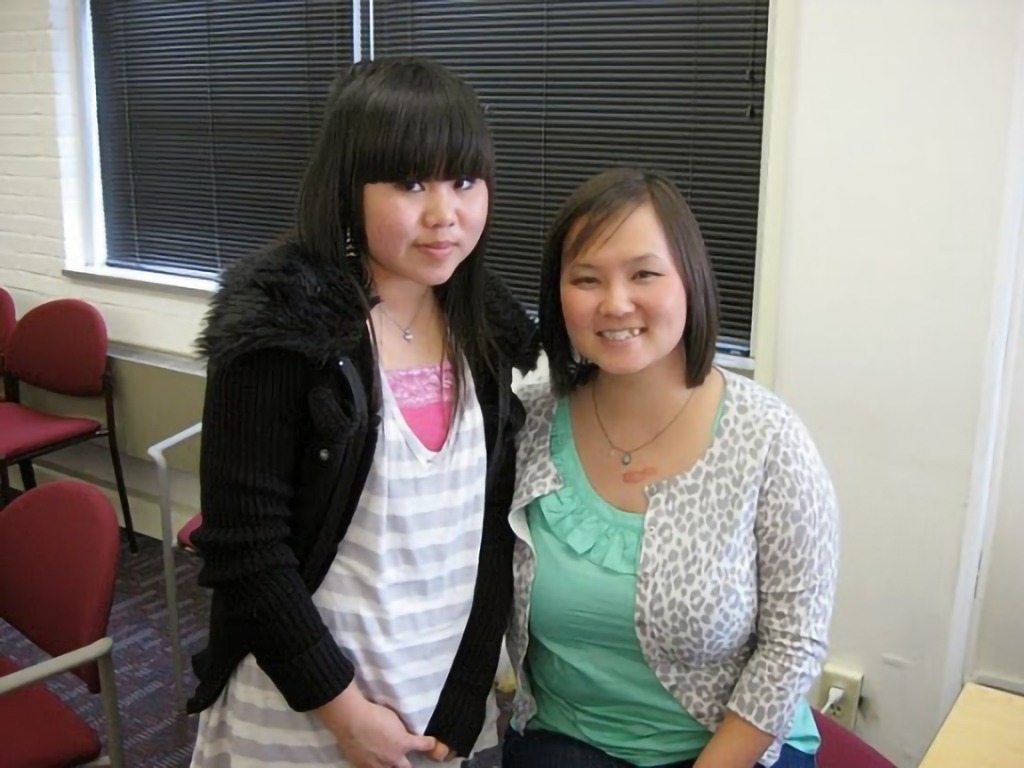
Yup’ik And Hmong: Same Facial Features
Exploring the Facial Similarities Between Yup’ik Eskimos and Hmong People
This is a photo from Beautiful Alaskan Natives. Discover the striking facial similarities between the Yup’ik Eskimos of Hooper Bay, Alaska, and the Hmong people, highlighting the fascinating connections across cultures. A visual journey celebrating shared features and diversity.


Exploring the Facial Similarities Between Yup’ik Eskimos and Hmong People
The human story is vast and intricate, with surprising connections found across continents and cultures. One such fascinating observation is the remarkable resemblance in facial features between Yup’ik Eskimos from Hooper Bay, Alaska, and the Hmong people of Southeast Asia. While separated by geography and distinct histories, these similarities spark curiosity about shared ancestral roots and cultural connections.
The Yup’ik Eskimos of Hooper Bay
The Yup’ik Eskimos, indigenous to southwestern Alaska, have a rich cultural heritage deeply tied to the land and sea. Known for their resilience in a harsh Arctic environment, they are renowned for their traditional ways of life, including subsistence hunting, fishing, and intricate crafts.
In Hooper Bay, a predominantly Yup’ik community, the people maintain a strong connection to their traditions and cultural identity. The full-blooded Yup’ik Eskimos, like those pictured from Hooper Bay, reflect distinctive features that have evolved over generations in their northern environment.
The Hmong People and Their Legacy
The Hmong people originate from mountainous regions in Southeast Asia, including China, Laos, Vietnam, and Thailand. They are celebrated for their vibrant textiles, strong community bonds, and rich traditions. Like the Yup’ik Eskimos, the Hmong have faced challenges, including displacement, yet have maintained a proud cultural identity.
Hmong individuals often share features that reflect their historical connection to their homeland and ancestors. It’s fascinating to note that despite thousands of miles separating the Hmong and Yup’ik peoples, their facial features appear strikingly similar.
Possible Connections: Shared Lineages and Adaptations
What could explain these similarities? Anthropologists and geneticists point to the possibility of shared ancient migration patterns. Early humans from Asia crossed the Bering Land Bridge into North America over 10,000 years ago. This migration could connect indigenous groups in the Americas, like the Yup’ik Eskimos, to their distant relatives in Asia.
Another possibility lies in convergent evolution. Physical adaptations to similar environments might result in comparable features. While Alaska’s Arctic tundra and Southeast Asia’s mountainous terrains are vastly different, both cultures have evolved features suited to their specific climates and ways of life.
Cultural Reflections Through Photos
Photos like those from Beautiful Alaskan Natives and Telling Our Stories offer powerful visual evidence of these intriguing connections. The images celebrate the individuality of each community while inviting viewers to ponder their shared humanity.
The Beauty of Connection
Understanding the similarities between the Yup’ik Eskimos and Hmong people deepens our appreciation for human diversity and interconnectedness. Though separated by vast distances, their stories remind us of the shared threads that weave humanity together.
Have you ever noticed fascinating connections between different cultures? Share your thoughts in the comments below!





Full Yup’ik